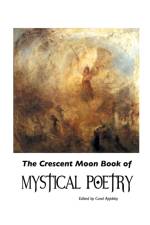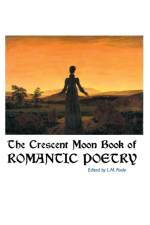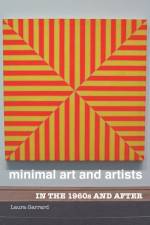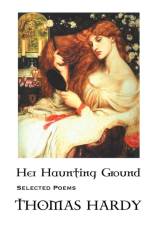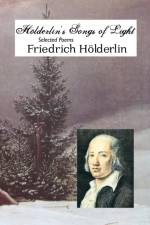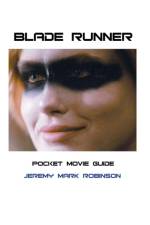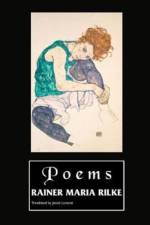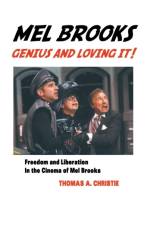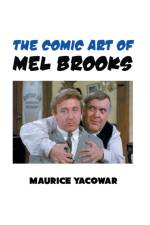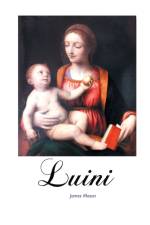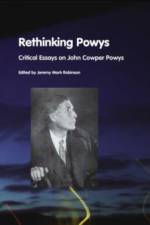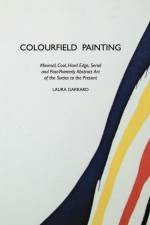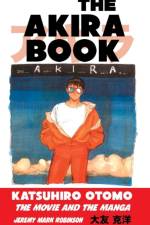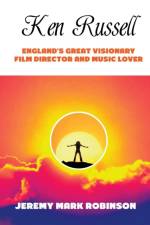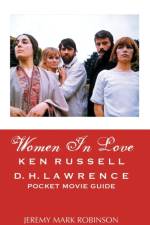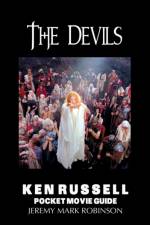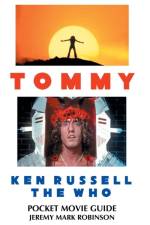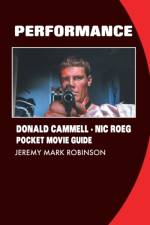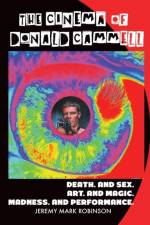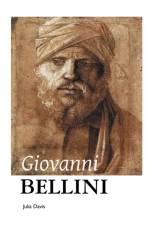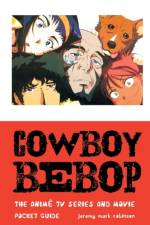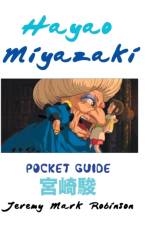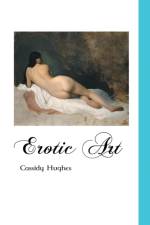- Critical Essays on John Cowper Powys
181
JOHN COWPER POWYS A new collection of essays on John Cowper Powys (1872-1963). H.W. Fawkner's essay "Venus" explores issues of reading, movement, love and sex, the 'amorous self', and affectivity in A Glastonbury Romance. Ian Hughes looks at the genre of Powys's novels, and how the philosophical romances were influenced by Walter Pater's Marius the Epicurean. Janina Nordius discusses the crucial Powys theme of (transcendental) solitude in the key novel of the Powys-self alone, Wolf Solent. Joe Boulter's essay concentrates on the affinities between modernism and postmodernism, pragmatism and deconstruction, in one of Powys's late novels, The Inmates, via thinkers such as William James, Michel Foucault, Gilles Deleuze and Félix Guattari. ? By the time he started writing his most admired works around 1929 - the four Wessex novels (Wolf Solent, A Glastonbury Romance, Weymouth Sands and Maiden Castle), the two Welsh epics (Owen Glendower and Porius), and the unsurpassed Autobiography - John Cowper Powys was in his late fifties. By then, he had already been a philosopher, a successful lecturer (with packed-out lectures in the U.S.A.), a storyteller, a would-be magician and a poet. Powys loved writing, whether it was letters, essays, novels or philosophical commentaries. He lived mainly from his writing after 1930, after nearly 30 years of lecturing (mainly in the United States). He produced many books, which included novels, philosophical essays, poetry, correspondence and literary criticism. Some of the writers that Powys knew personally included Theodore Dreiser, Thomas Hardy, William Barnes, W.B. Yeats, Dorothy Richardson, Aleister Crowley and Bertrand Russell. In America, Powys was friends with Dreiser, Edna Vincent Millay, Edgar Lee Masters, and Arthur Davison Ficke. He also met E.E. Cummings, Amy Lowell, Edmund Wilson, F. Scott Fitzgerald, Marianne Moore, Ford Maddox Ford and Will Durant, and performers such as Charlie Chaplin and Isadora Duncan.

